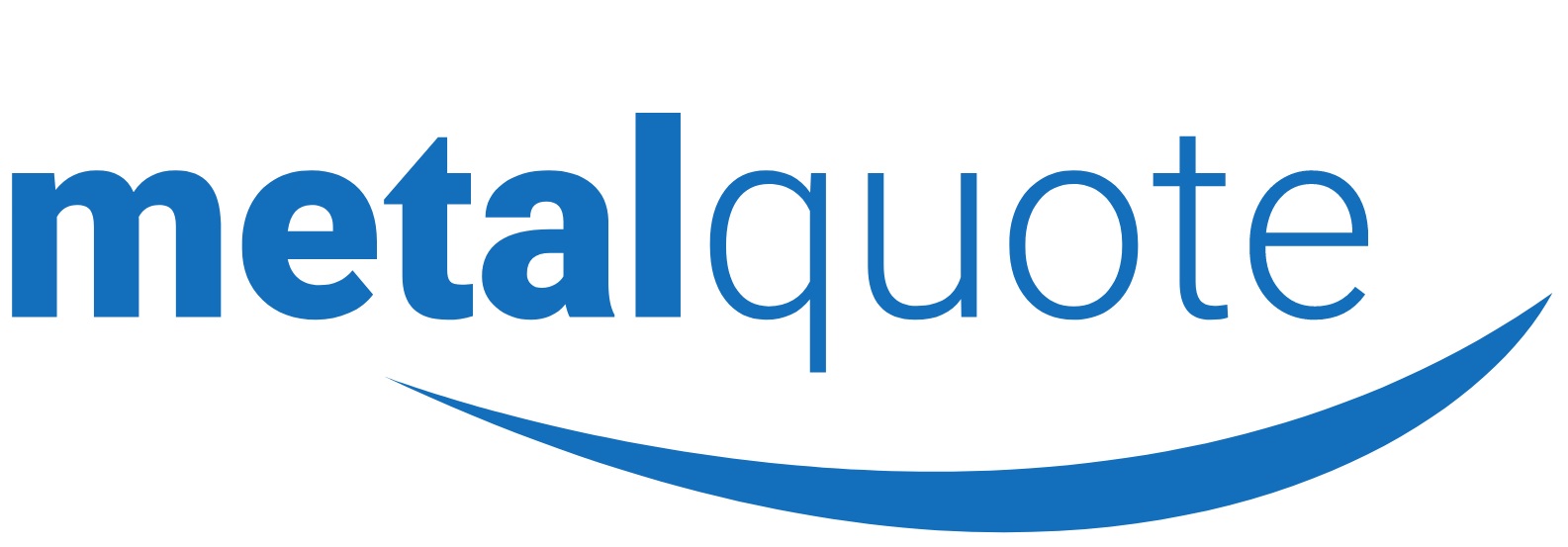Base metals prices on the Shanghai Futures Exchange broadly consolidated during Asian morning trading on Tuesday January 8, with market participants awaiting developments in the ongoing trade talks between China and the United States.Most SHFE base metals were little changed with a slightly negative bias this morning, the exceptions being tin and zinc, with a firmer dollar weighing on the complex.
“The renewed trade talks between China and United States, the world’s two largest economies, buoyed the overall market sentiment and thus lent support the dollar index,” Yinhe Futures Research said on Tuesday.
The weaker tone across the SHFE base metals complex comes despite positive comments from the director of China’s National Bureau of Statistics (NBS), Ning Jizhe, who said in an interview with Chinese state media that the country’s economic growth in 2018 is likely to meet the target of 6.5% set at the beginning of last year.
The NBS will hold a press conference on January 21 where it will release official figures on Chinese economic growth for 2018, according to local media reports.
In a second consecutive day of weakness, the most-traded February lead contract on the SHFE fell to 17,530 yuan ($2,557) per tonne as at 9.54am Shanghai time, down by 0.8% or 140 yuan per tonne from Monday’s close.
In addition to the downward pressure being exerted by a firmer dollar, lead is also contending with weak downstream demand, which is a further drag on prices.
“The downstream lead storage batteries industry has shown concern toward the market in the future, so their procurement is only based on their actual production needs,” Citic Futures Research said on Tuesday, adding that sufficient supply in the market is also pressuring lead prices.
On the other hand, lead’s sister-metal zinc was the top performer of the SHFE base metals thanks to the metal’s bullish fundamental backdrop.
The most-traded February zinc contract on the SHFE rose 0.3% or 65 yuan per tonne to 20,585 yuan per tonne as at 9.54am Shanghai time.
The International Lead and Zinc Study Group (ILZSG) pegged a sizeable market deficit of 301,000 tonnes in the first ten months of 2018. And the study group now estimates the deficit will expand to 322,000 tonnes by the end of 2018. But the study group predicts that rising global mine output could see the deficit contract to 72,000 tonnes in 2019.
Lending further support to zinc prices is data from China’s NBS that showed total refined zinc production in the country was down 3.7% year on year in 2018 amid curbed capacity utilization among major smelters.
Though the ILZSG expects global mined zinc output to grow by 2% to 13.03 million tonnes in 2018 and a further 6.4% to 13.87 million tonnes in 2019, “with no immediate sign that zinc smelters can produce enough metal yet, the structural deficit will continue in 2019 and should reduce the downside risks for now,” Fastmarkets research analyst Andy Farida said.

